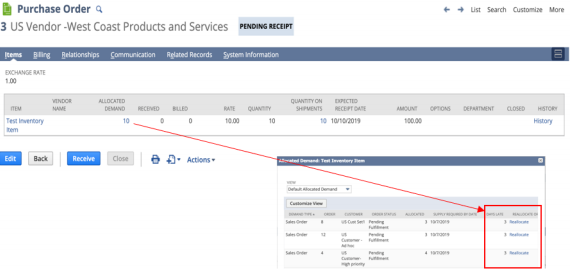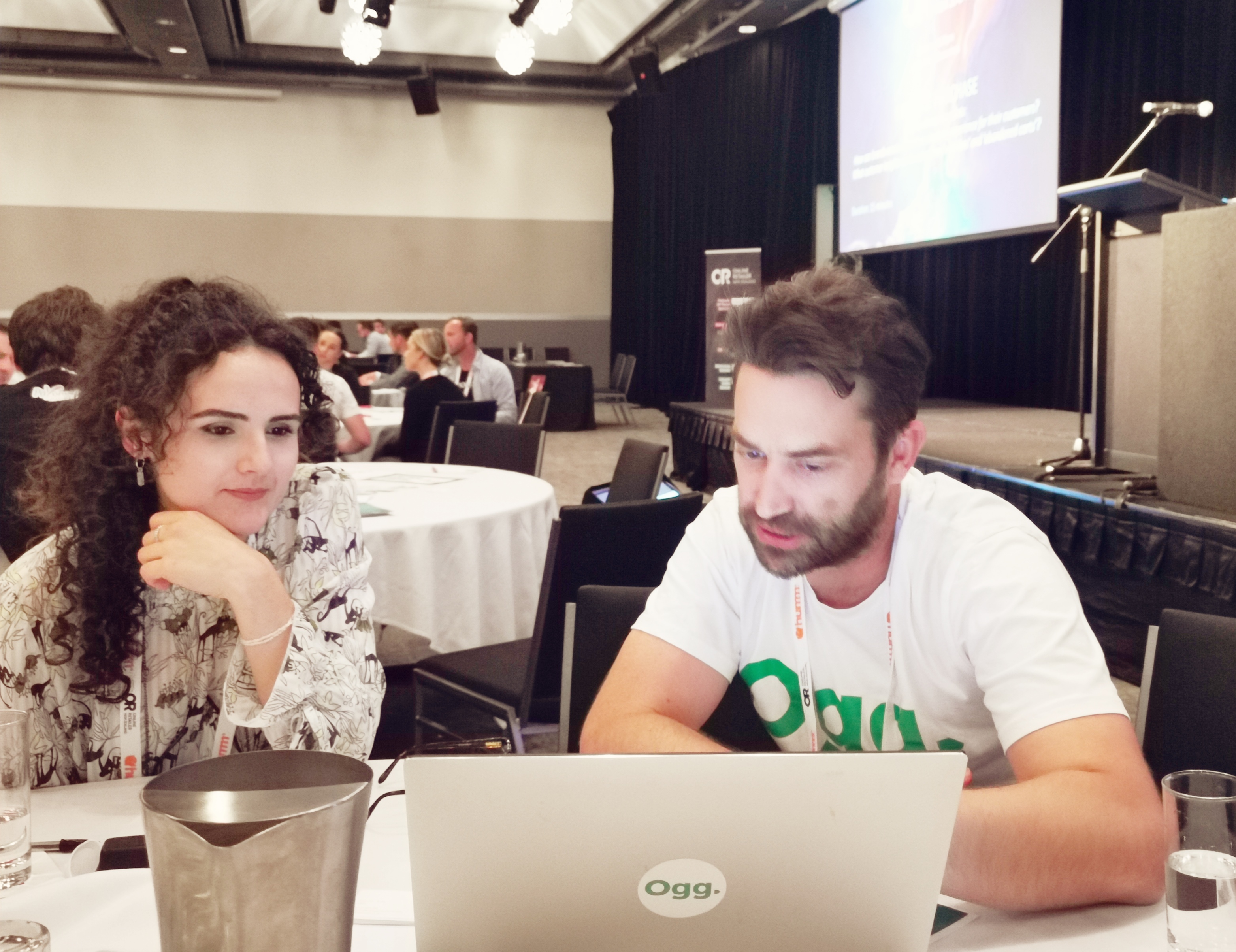Download your copy of the complete cloud ERP guide
How to choose the right solution
One of the beauties of the SaaS model is that the software is kept up to date with the latest features, functions and best practices. Cloud ERP providers roll out updates on a regular basis (as often as monthly, in Oracle’s case).
This means that the latest technologies become available to subscribers on a regular basis. However, not all cloud software systems are made the same and finding the right one can be difficult.
Here are three key factors to keep in mind as you choose your system:
Ongoing support – Your cloud ERP solution provider should provide ongoing support, regardless of where you are in the integration process. You should always feel comfortable reaching out to your provider.
Supply chain visibility – You should get a complete set of inventory management, manufacturing, and purchasing features to help streamline your supply chain. On top of this, you should also have a real-time view of key suppliers, inventory and ordering indicators.
Quote-to-quote process – Your platform’s order and billing management module should integrate with your sales, finance, and fulfilment operations to eliminate any bottlenecks. This streamlines the entire order and sales process, meaning you can get more done in less time.

The best practices for cloud ERP implementation
The implementation process can take a while and there are some key factors to keep in mind as you begin to experiment with ERP. If you have a solutions partner, you should leverage them every step of the way.
Keep the following best practices in mind:
Customer review and test configuration – Your partner should begin setting up your instance of NetSuite as soon as the implementation begins and from this point on, they will seek your input right the way through to go-live.
It’s helpful if you can have people on hand to review and test the implementation as they go. Depending on your implementation, along with a project manager, it’s also good to have a person from each department touching NetSuite to represent and test on that department’s behalf.
An example of this would be a member of each finance team, (A/P, A/R, Accounting etc.), a member of the sales team/executive assistant who will be using the system.
Develop end-user training plan strategy – This one is essential. We all know that change can be difficult and when you’re bringing a new system in and asking people to change the way they work, it’s important to make sure you train them correctly to make the transition as smooth and as tolerable as possible.
Your partner should make sure you know what you’re talking about by getting you to write and present the end-user training manuals to them before they let you go live with the system. This way, you can train new people easily going forward and typically answer most questions people may have when being trained up.
We work with the best companies

FIND OUT HOW TO MIGRATE FROM LEGACY TO CLOUD WITHOUT A HITCH AS A AUSSIE BUSINESS
When hunting for information on cloud ERP in Australia the sheer amount of resources that come up can be overwhelming.
Everyone seems to have their own definition of ERP, and one ERP implementation can vary widely from the next. These differences, however, underscore the flexibility that can make cloud systems such a powerful tool.
We know the compounding issues caused by operating on a platform that was never intended for a business to grow. At Ogg we know about change and how you probably feel about embarking on this transformation as a Australian Business. That’s why you’re in good hands with this guide.
In this piece we explain how to approach a cloud based ERP implementation.

How to overcome data migration
It’s important to note once that we work mostly with NetSuite but what we discuss here should apply to most integrations.
You can import your data through Comma Separated Value (CSV) files or integrate it with other systems and bring data through the cloud.
A solutions partner can provide templates for these imports to make this step a whole lot easier. Data imports don’t have to be a one-time thing either, if you have data that needs updating regularly, this can also be achieved using the same methods.
Here are the key steps of the process:
Step 1: Extraction, Consolidation and Cleansing – Solutions partners will provide the customer with CSV templates early in the implementation phase for each data type to be migrated and will advise the customer on best practices for data consolidation.
Step 2: Test Loads into NetSuite – You’ll need to ensure data accuracy and integrity by performing a test load for each record type using sample records (sample typically comprise of 10% of expected production data volume or 300 records, whichever is less).
Step 3: Validate data migration sources – As previously mentioned, garbage in, garbage out. You need to ensure that only the data you need goes into your cloud system. That’s why you should go through each data point to ensure it is required and makes sense to import.
Risks to keep in mind before going live
During any major project there will be unanticipated roadblocks and landmines. These could impact your implementation process in the long run if not properly addressed. One example is if employees depend on a particular tool that was incorrectly designed, or face impacts that were never anticipated or accounted for, they may revert to wasteful workarounds to cope in the new environment. If there are no workarounds efforts might be stopped completely, which in turn means that company time and resources are going to waste.
So now that you understand why it’s so important to address these issues lets go over some key things to keep in mind:
Be sure to prepare all users for potential roadblocks – Let end-users know that there will be some issues and that the project team is equipped to deal with any challenges. There is no such thing as a perfect launch, making sure that all expectations are managed minimises the ‘shock’ impact of any surprise roadblocks.
Feedback is essential – Having efficient and open feedback channels allow you to stay on top of any issues as they arise, this minimises the time it takes to find a fix. This also lets users know that they are heard and that a fix is a top priority, rather than them stumbling in the dark believing the worst.
Continuous improvement is the key to success – Identifying any potential areas of improvement before any issues arise is one way to ensure that your team is prepared in the case of a roadblock. Moreover, this means that systems can be patched before an issue even arises.
Check out this video on how cloud ERP works
